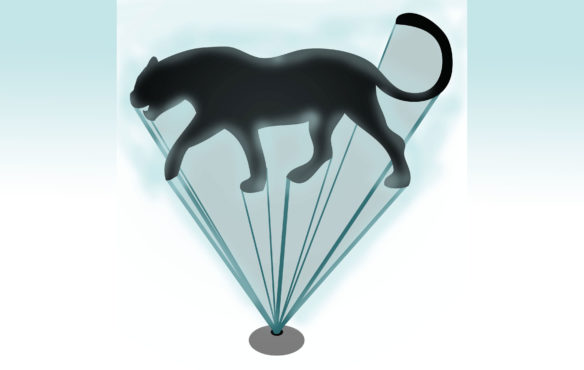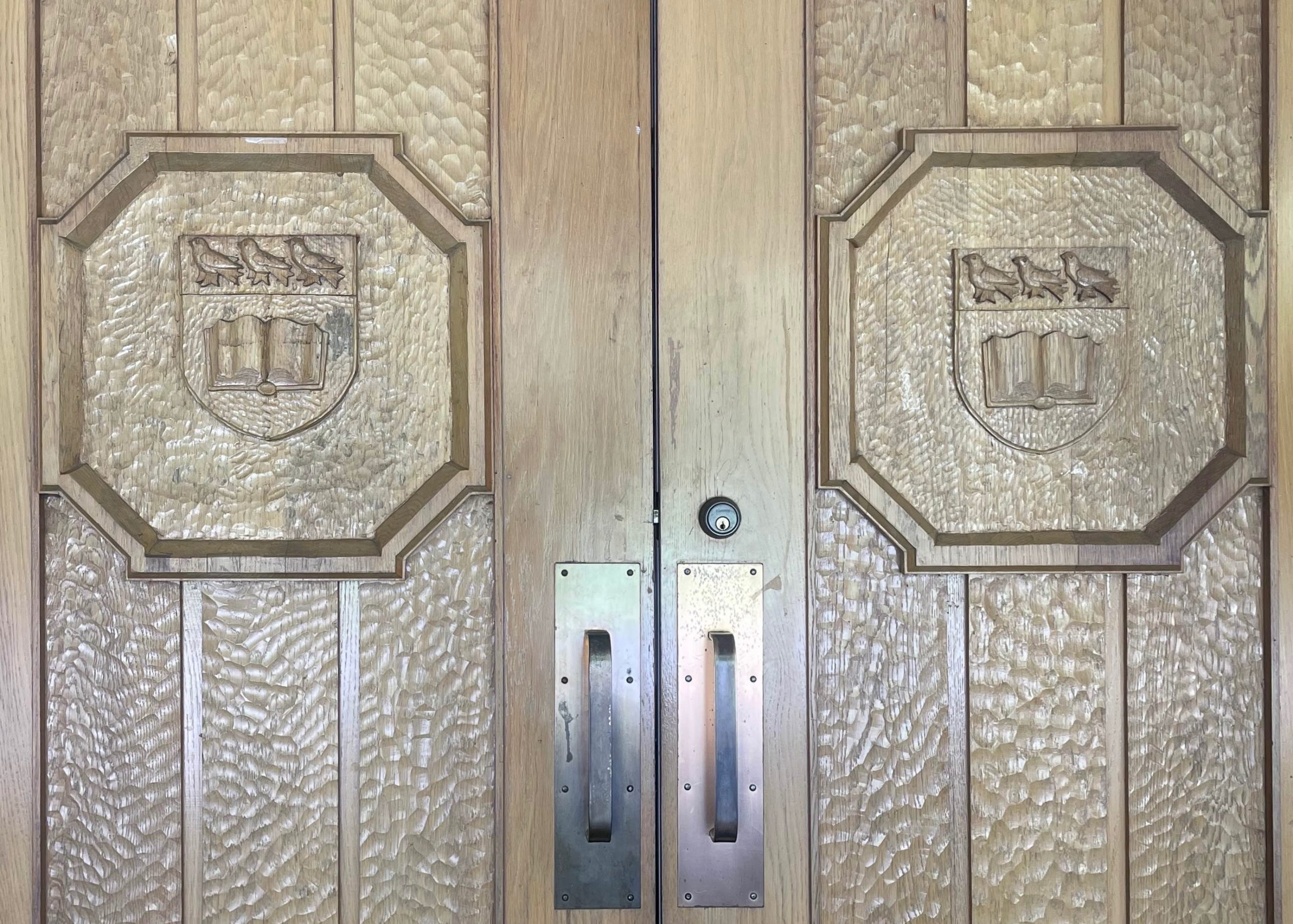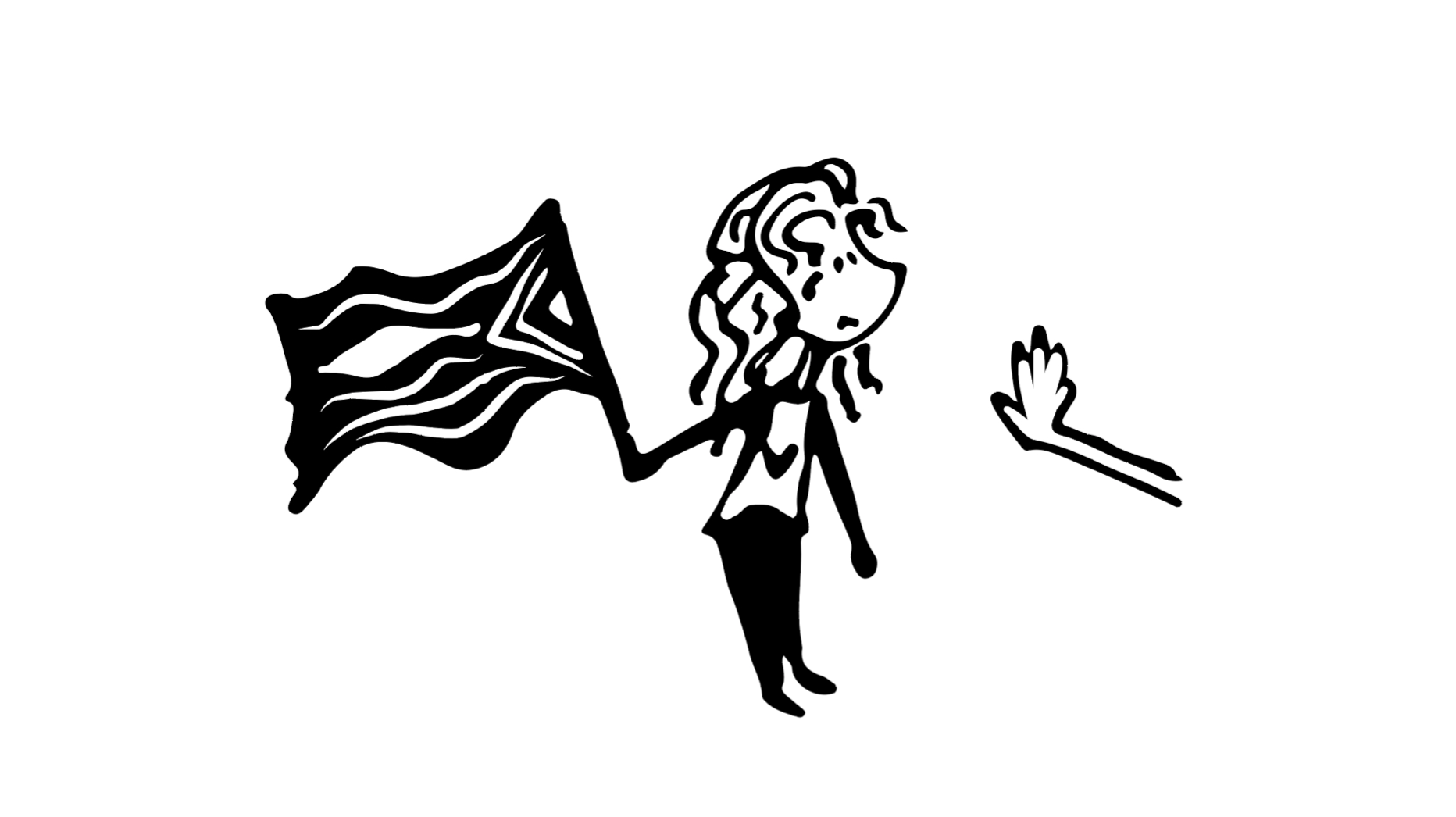The Wakandan technology, its symbolism, and the female character behind it all

Graphic by Austin Willis, Design Director
Just a warning, there’s some spoilers ahead. I’d strongly suggest you go and watch the Black Panther movie soon — I guarantee you’ll enjoy it.
It’s easy to see that the real star of Black Panther isn’t T’Challa, the Black Panther, but the technology and inventions at his back. In the imaginary land of Wakanda, their technology, credited to T’Challa’s inventive sister Shuri, surpasses reality.
At the front line is T’Challa’s Black Panther suit. Captain America has a sexy red, white, and blue outfit and Spider-Man’s costume is packed with all the latest artificial intelligence tech that adjusts to his needs, but neither of them compare to Black Panther’s sleek, black, and invincible suit.
The suit itself is bulletproof, allowing Panther to fight in close quarters with machine-gun-wielding enemies, absorbing and storing energy from each bullet’s kinetic energy (the energy from motion) to be later released as a deadly offensive shock wave.
The suit’s invincibility is all possible because of a rare, otherworldly metal called “vibranium,” found in abundance in Wakanda and a vital part of their culture. T’Challa’s claws, suit, and pretty much every other piece of Wakandan tech are made from vibranium (the same element that is used for Captain America’s shield).
Kimoyo beads (the beaded bracelets worn by all the Wakandan characters) that act like an advanced hologram-projecting smartwatch; levitating transportation in the form of chariots and trains; weaponized panther-shaped gauntlets; advanced spinal surgery; and remotely piloted cars and aircraft — all made from vibranium. The vibranium is either used raw as a power source, like in their aircrafts and transportation, or in a processed form, like nano-particles woven into the fabric of the Black Panther suit.
With the movie’s strong African influence, movie critics and comic book fans compare Wakanda’s abundance of Vibranium to other resources found in abundance on the African continent. In the movie, Wakanda is portrayed as the utopian African nation — unplundered, unconquered, strongly traditional, egalitarian, technologically advanced, and very, very rich. It’s an empowering dream that points to a sobering reality.
But to me, the most important part of Black Panther’s technology is not the imaginative tech itself but the young female character behind it.
It’s a big step for Marvel to have a young, black woman behind all of Black Panther’s advanced technology. T’Challa’s sister Shuri is the genius credited with creating all of the movie’s vibranium-powered tech. Reminiscent of Q, James Bond’s legendary tech guy, Shuri is the first female tech inventor credited with gadgets galore in a blockbuster movie.
Her character is an homage and a hero to all women inventors, innovators, and engineers. A quiet, yet independent and strong symbol for the young female generation growing up and finding themselves in the wake of the #metoo movement. It’s a silent, small move hidden behind the sparks of a big movie, but it’s a move that says a lot: especially when her inventions are this cool and memorable.
Black Panther’s fictional tech is already a game-changer in itself — it shapes him to be the superhero he is — but behind its advanced inventions are some strong messages.
While Wakandan technology furthers the imagination of an untethered, utopian Africa and has moviegoers imagining an entire continent’s potential, it’s the movie’s proclamation of a scientific, yet also strong, woman behind the male lead that leaves a lasting impression.
As a kick-ass, cool female engineer and scientist, Shuri will hopefully open doors to many more three-dimensional and realistic female characters onscreen. It’s about time that the movies and heroes we look up to begin to look a lot like us, and I hope Marvel has many exciting things in store for its new female mastermind.
Thanks for reading! If you enjoyed this article and would like to make sure we keep writing articles like it, please consider supporting us on the Martlet 70 fundraiser’s GoFundMe page.
If you hated the article, though, you should still donate to the GoFundMe page (so we can hire better writers).






